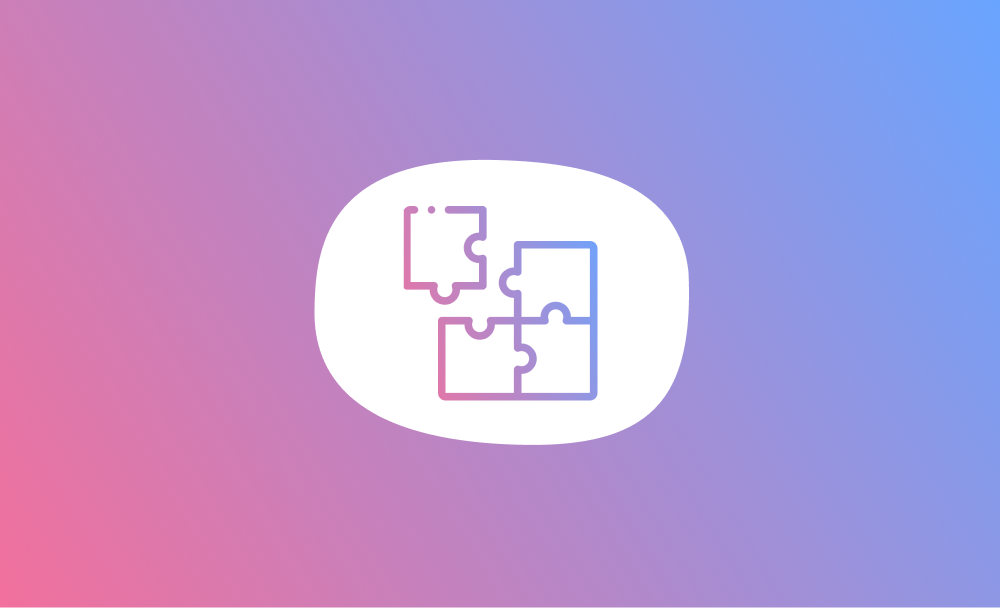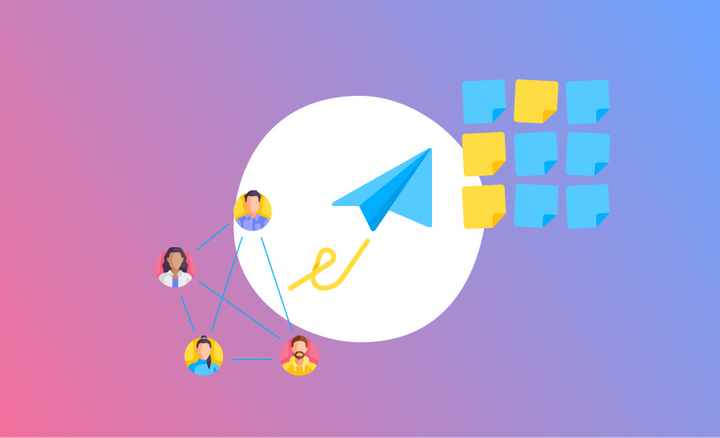Effective Facilitation - Part 2: Stimulate conversation & find patterns
Running a meeting, workshop, or training session doesn't have to be scary. We believe that anyone can be a great facilitator.

Facilitating meetings and workshops can be daunting and somewhat stressful. Moreover, attendees are often quiet, disengaged, and feel like the session is a waste of their time <cue joke about useless meetings>. By making collaborative sessions more structured, engaging, and interactive, we can unlock hidden ideas, and create alignment between the team, and maybe even have a bit of fun. Let's make all sessions more purposeful and productive.
This guide distils some of the core thinking around planning, running, and consolidating outputs of collaborative sessions.
1. Decide on the purpose & prepare
Click here for Effective Facilitation Part 1.
2. Stimulate conversation & find patterns
Running a meeting, workshop, or training session doesn't have to be scary. We believe that anyone can be a great facilitator. It's about ensuring that each session has a clear purpose, making the group the hero, finding patterns, and focusing conversation on what's important.
Creating purpose and making the group the hero
We often assume that everyone has the same grounding context that we do. Making the purpose and expected outcomes of the session clear is critical to ensuring people understand why they are present and what they can expect in the meeting, workshop, or training session. The structured activities and prompts from your planning can also be briefly described to highlight the expectation and importance for interaction and contribution from everyone.
As a facilitator, you might feel like the spotlight is on you, and that you need to be the smartest person in the room. This isn't true at all. Your goal as the facilitator or host is to coordinate activities and discussions, ask pointed questions, and find the spirit of what themes are important or controversial, then spend the time wisely, and rely on the insights of the group to create the real substance.
Speak less, listen more, and when you do speak, ask more questions, and make less statements.
Break the ice and create familiarity among the group
Groups might have different levels of familiarity with each other. You may find that parts of the group have deeper interpersonal and professional relationships with each other, and others might be completely new to the group. Use ice breakers to loosen people up, breaking down communication barriers, and creating a sense of one between the group.
It's also a good idea to allow people to do quick introductions of themselves, usually their name, what they do, and something interesting about themselves.
Even in the case of groups that work together closely and know each other well: allowing each person to say something insightful, quirky, or interesting about themselves, or playing a quick game, helps everyone feel part of the conversation immediately, making it more likely for people to participate throughout.
Trust your plan, but be open to change
Planning and creating a set of activities for your session is great to create confidence and structure towards achieving valuable outcomes. By creating pointed prompts, you reduce friction for people to interact and voice their thoughts. The less thinking and effort involved for people in a session, the better. It is important to visualise the responses from the team in a central concise way. When the group has provided their responses, ask specific people to elaborate on their perspective verbally. This sparks conversation, and uncovers depth.
With that said, sessions go off on tangents quite easily. Some are good tangents, and others not. If you have prepared well, for the most part, try your best to stick to your plan, but if something comes up that stimulates the group, and is clearly an area of interest or contention, try to create structure to accommodate the theme by asking more specific questions.
For example, what happens if you're running a project retrospective session trying to find what went well, and what needs improvement, and a specific theme jumps out and is emphasized by everyone, like, "The team's communication mechanism is convoluted because we use Email, WhatsApp, Slack, and MS Teams"?
A good way to narrow down the problem space and find solutions might be to ask prompts like:
Which is your preferred communication channel?
How often do you check your preferred communication channel?
What information is appropriate on which communication channel?
Adding this activity in the moment might take time away from what you originally planned, but it's ultimately solving the right problems, and elevating the needs of the group.
Find patterns, areas of interest, and keep time in mind
Think of consolidating and visualizing everyone's perspectives as a shared brain. We want to capture as much input from the group as possible, probe deeper on some of the responses from individuals, and find themes in what everyone is saying. This allows us to create alignment between the group, and form a concise distilled model of everything.
With all of this information coming in, there will be themes that emerge. Some of these might be areas that need more discourse, some might be surfaced unknowns. It's important to pay attention to the common themes coming up in the group, but also acknowledging the outliers and giving the respective people a chance to voice themselves.
Automatic theming, clustering sticky notes, real-time word clouds, and group voting, can help with identifying themes.
Voting on responses and areas are a good way to find what people agree with and disagree with. Voting helps create a "heat map" of what's important. This can guide you in focusing on those areas to ensure that time in the session is being used most effectively. And everyone feels included and heard.
To manage time well, use a timer to create time boxes for each activity and people's elaboration on each theme that crops up. Time pressure ensures that the most important points get raised, filtering out noise, keeping the session stimulating and ensuring you get through what's needed within the planned slot.
Although a huge benefit of collaborative sessions is the sense of community, relationships built, and creating alignment, the important themes that come up usually have follow up tasks that need to happen. Keep track of action points in all sessions. Without this, over time, collaborative sessions get a reputation for "uselessness" because nothing concrete actually happens.
Below is an example of how Interacts can help you manage the structure of activities and time in sessions, boost interaction from your group, find themes easily, get votes, and create real action points.



